John Muir Facts. Why do they matter in 2022?
With the New Year comes the New Year’s resolutions. We ask ourselves: What Can I do to become the best possible version of me?
Perhaps the question we ought to be asking ourselves is: What can I learn from someone who has climbed the mountain of success?

Americans love a GOAT (Greatest Of All Time). Whether it’s Tom Brady in football, Michael Phelps in swimming or Ken Jennings in Jeopardy. We love to watch (or learn about) people who have climbed the mountaintop of success in their chosen field.
In John Muir’s case, he literally climbed that mountaintop. And, it wasn’t just one mountaintop that he climbed.
Muir had an unrivaled passion for nature. His gift was to teach humankind to love it too. What he understood is that industrialization threatened our most precious places.
If humans were made to understand the healing powers of nature then Muir believed they would do their part to protect it.
It was John Muir’s job to teach the rest of humanity why nature matters. He rallied the public to protect its forests and its parks, its mountains and its waterways, its wildflowers and its wildlife.
Muir had one eye on the future because he was thinking of the generations yet to come.
The Lessons GOATS Offer The Rest Of Us

All GOATS offer the the rest of us lessons. While we may not want to climb their mountaintops or truly appreciate the hardships they encountered along the way, we can nonetheless learn from their examples.
While we don’t have to be the best, what’s stopping us from becoming better?
In this article, I will not reinvent the wheel by telling the story of John Muir’s extraordinary life. To paraphrase Abraham Lincoln, others have done this far better than my poor power to add or detract.
What I will do, instead, is offer ten facts pertaining to his life and the lessons which he offers the rest of us. I believe there’s something for each of us to learn as we enter a new year.
It’s also worth pointing out that John Muir, arguably the greatest conservationist of all time, is a worthy addition (perhaps the worthiest) to our More Than Just Parks environmental heroes series.
John Muir Facts
Fact #1: You Can Take The Man Out Of Scotland, But You Can’t Take Scotland Out Of The Man

John Muir was born in 1838 in the Scottish town of Dunbar. He was raised as a Scotsman. Though he would spent the majority of his life in America, he never forgot where he came from or why it mattered.
Where we come from matters because of the things we learn while we’re there.
Romanticism | John Muir Facts
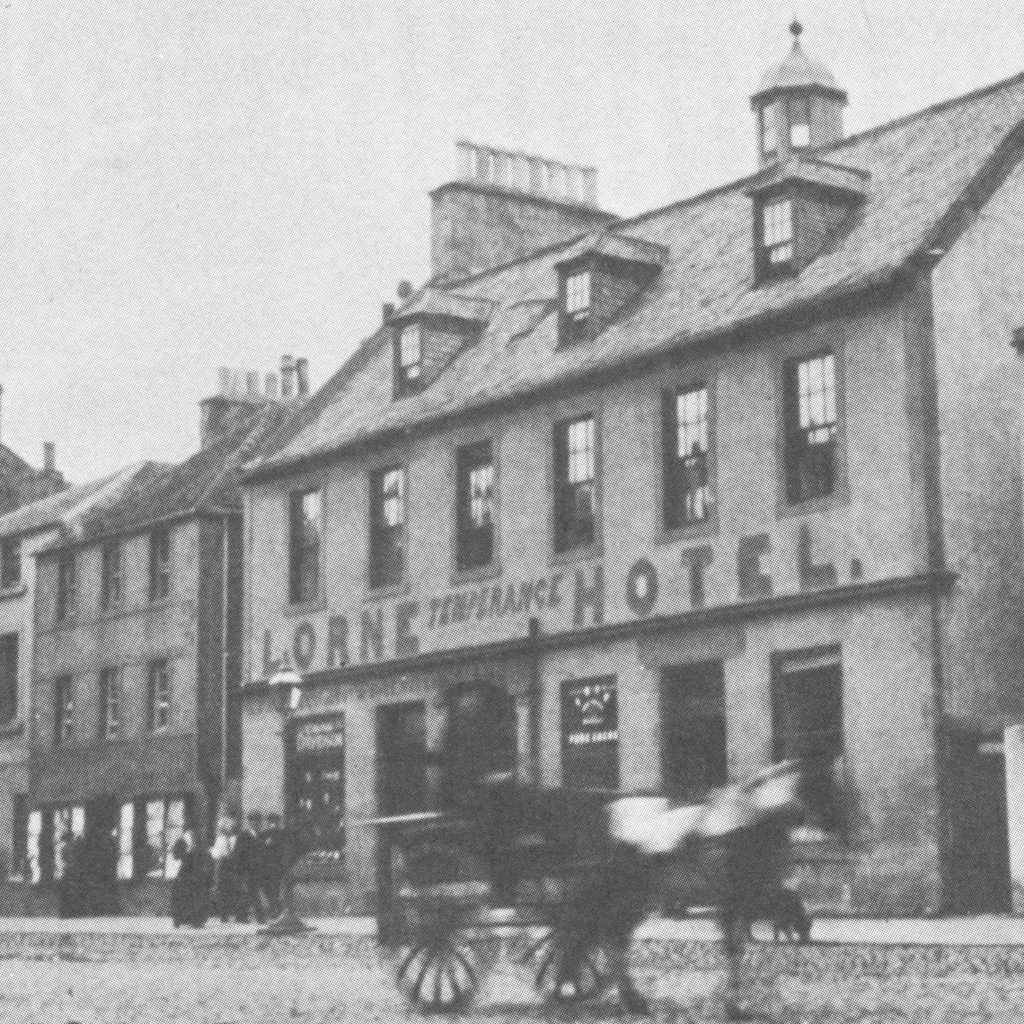
Part of Muir’s charm and his power lay in his ability to captivate others. It was a Scotsman’s charm which endeared a growing legion of people to him and to the causes which he championed over the course of his life.
Growing up, he was deeply influenced by a movement known as Romanticism. One of its core beliefs was that the path to spiritual well-being was to be found through a closer connection with the wonders of the great outdoors.
“Here is the root of all romanticism: that man, the individual, is an infinite reservoir of possibilities, and if you can so rearrange society by the destruction of oppressive order, then these possibilities will have a chance, and you will get Progress.”
-T.E. Hulme
Influenced By Robert Burns & William Wordsworth

The writings of the Scottish poet Robert Burns and English poet William Wordsworth had a powerful impact on a young John Muir.
He used their majestic poetry to anchor his own life to those things which truly mattered.
These talented wordsmiths painted powerful images of the natural world which inspired Muir to go forth and discover this world for himself.
“Growing up in Dunbar gave Muir a complicated set of ideas and feeling: a conviction that life must be vividly, intensely felt though strongly bounded, a high level of literacy and a roving imagination, a feeling of security yet an unsatisfied hunger for freedom, a willingness to endure pain or hardship for the sake of forbidden pleasure.”
-Donald Worster, A Passion for Nature: The Life of John Muir
Fact #2: A Difficult Childhood Can Be A Problem Or It Can Be An Opportunity

How many of us are tempted to look at someone successful and say, “If only I had his or her opportunities, family pedigree, economic advantages, etc.” Let’s take a look at John Muir’s childhood and ask ourselves if we would have wanted to change places with him.
Muir’s father, Daniel, was a religious zealot. He took his family to America because he wanted the freedom to preach the gospel as he understood it. As for John Muir, freedom was in short supply after he arrived.
Daniel Muir brought his family to the wilderness of Wisconsin. He drove his oldest child mercilessly in an effort to transform that wilderness into a “Garden of Eden.”
“We were all made slaves,” Muir complained, “through the vice of over-industry.”
“Daniel enforced his son’s work regime, not through inducements or praise, but through thrashings and sermons. A burning brush pile became a reminder that an everlasting hell was waiting for bad boys who disobeyed God (or withheld their labor).
‘The old Scotch fashion of whipping for every act of disobedience or of simple, playful forgetfulness’ continued on the frontier, but now it had become part of rural work-force discipline. Most of the beatings, Muir wrote, ‘were outrageously severe’ and most of them fell on him, not on his sisters or brothers.”
-Donald Worster, A Passion for Nature: The Life of John Muir
Vicious Cycles Can Be Broken | John Muir Facts
John Muir did not turn his own childhood travails into an excuse for why he could not become the person he wanted to be. Rather, those struggles became an inspiration for him to become the person he dreamed of being.
In later life, he became a father. He didn’t become a stern taskmaster like his own father and mercilessly remove the joys of life from his own children’s lives. Instead he chose to infuse them with a loving sense of belonging and a zest for living life to its fullest.
There is such a thing as free will. Vicious cycles can be broken.
Fact #3: You Can Reinvent Yourself
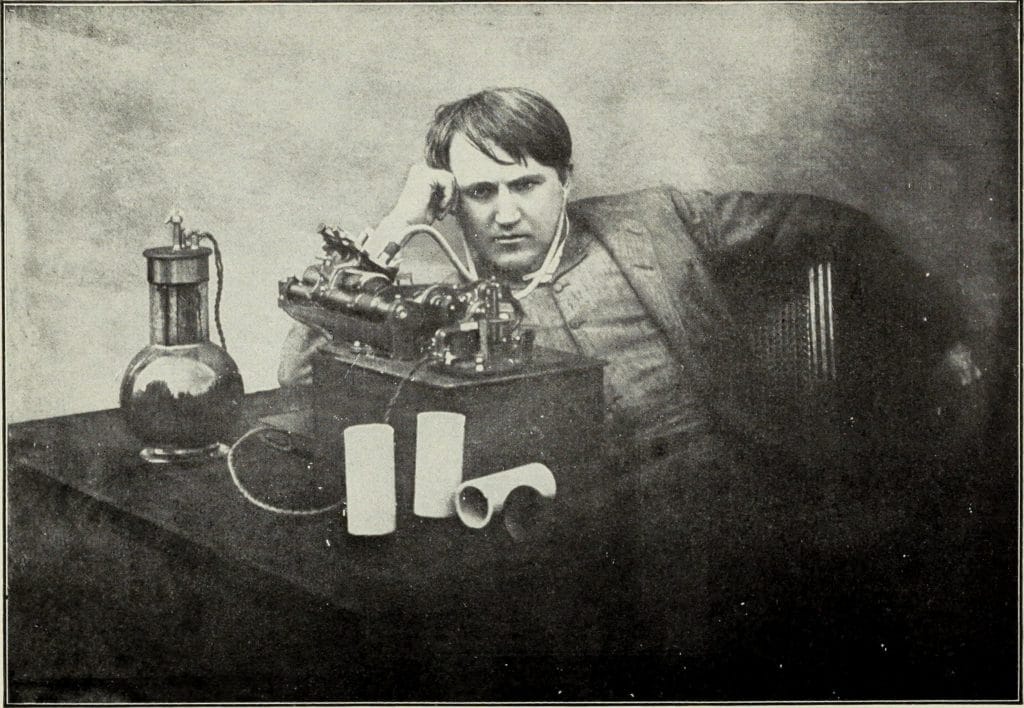
Most people are familiar with John Muir’s work as a conservationist. What they may not know, however, is what a truly gifted inventor he was.
Muir’s machines were marveled at. Invention was how he managed to free himself of a life with an oppressive father which had brought him very few joys.
All of this is forgotten now because invention was, for Muir, a means to an end. By reinventing himself through his inventions, he was able to embark on a life filled with fulfillment and satisfaction.
A Machine Man For A Machine Age | John Muir Facts

“So far as John Muir knew, he was a one-talent man. Invention seemed to be his forte. During his final years on the farm he worked constantly to develop himself in that direction by studying algebra, geometry and trigonometry. And he learned mechanical laws by whittling his ideas into wood supplemented by waste scraps of metal.”
-Linnie Marsh Wolfe, Son of the Wilderness: The Life of John Muir
Muir & The Machine Age | John Muir Facts

John Muir lived in a machine age. The Industrial Revolution was transforming economies across the globe. For Muir, learning how to build and operate machines which could power industries and build products was not a life’s calling, but a way to move forward so that he could find his life’s calling.
What began as an effort to create labor-saving devices quickly earned Muir a reputation as a mechanical genius. His commitment to this pursuit created an opportunity for him to become self sufficient.
In 1860, Muir left his family’s farm and journeyed to Madison, the capitol of Wisconsin, to attend the State Fair.
Scythe-Thermometer | John Muir Facts

Muir brought with him his “scythe-thermometer,” which he labeled “Old Time.” He set up shop in a building called the “Temple of Art” where people came to marvel at his invention. His thermometer was a huge hit and the judges awarded him a cash prize.
Nothing succeeds like success as Muir learned at the fair. His newfound celebrity resulted in his being offered jobs.
He ended up coming to work for another inventor, Norman Wiard, who had exhibited a steam-powered ice boat, which like Muir’s scythe-thermometer, was receiving rave reviews.
Fact #4: Having The Courage To Pursue One’s Dream
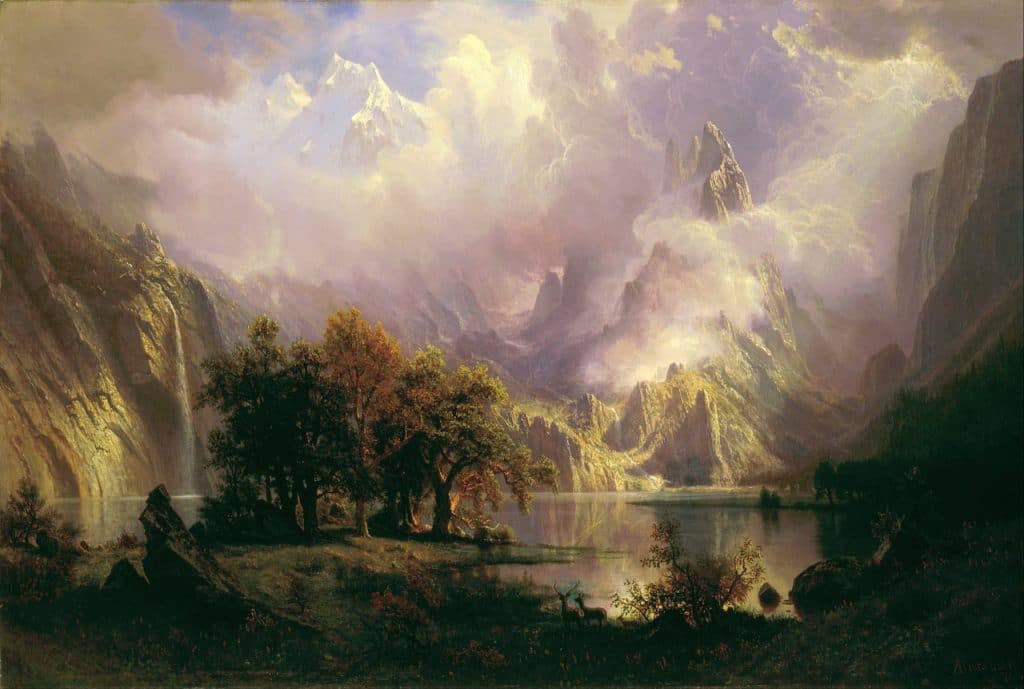
What would you be willing to give up in order to pursue your dream?
As a young man, much of John Muir’s early success came as a result of displaying his mechanical genius.
His great conflict was the same one which many confront. Do I pursue financial security or personal fulfillment?
“I was tormented with soul hunger,” he says. “I began to doubt whether I was fully born . . . I was on the world. But was I in it? . . . This was the time when all the world is said to lie before us, when armed with the small bits of lessons from school and church, we are to . . . build our existences as a carpenter a house, hack and hew, add this and that by dint of sheer ignorant will . . . A few friends kindly watched my choice of the half-dozen old ways in which all good boys are supposed to walk. ‘Young man,’ they said, ‘Choose your profession–Doctor, lawyer, minister . . . You must do your work as a part of society.’ . . . ‘No, not just yet,’ said I . . . “
-Linnie Marsh Wolfe, Son of the Wilderness: The Life of John Muir
Rediscovering The Beauty Of Nature | John Muir Facts
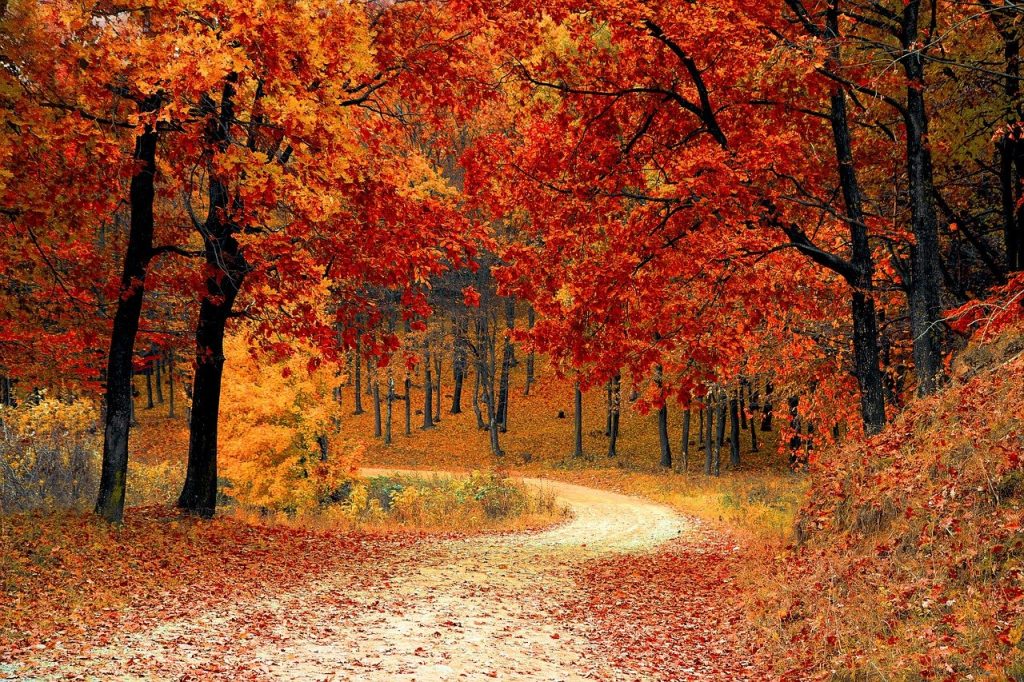
Muir had been enrolled at the University of Wisconsin where he thirsted for knowledge. Unfortunately, he did so from 1860-62 during a time when the great upheaval of Civil War threatened to extinguish everything which he held near and dear.
Great events, whether they be wars or pandemics, can force people to reconsider their options. They’re forced to ask themselves what it is they truly value. Muir rediscovered the beauty of nature and what it meant to him.
His life’s calling was to go forth and find order where others saw chaos, find beauty where others saw profit, find meaning where others saw nothing but nuisance.
Fact #5: A Tragedy Can Be A Turning Point

John Muir had rediscovered the beauty of nature, but was still torn between a life toiling with machines or a life spent exploring the natural world. A tragedy became a turning point. The tragedy came while Muir was working in Indianapolis for the firm of Osgood, Smith & Co.
As Linnie Marsh Wolfe writes, “One day in early March, 1867, Fate took a hand and brought to an end John Muir’s long inner conflict He had stayed late at the factory to readjust a new belt. John was unlacing the joining, using a slender, sharp file. Suddenly this slipped, flew up, and pierced his right eye on the edge of the cornea.”
Muir temporarily lost sight in one eye then the other. For four agonizing weeks he lay in a darkened room gripped with the fear he would never see again.
Temporary Blindness Enabled Him To See | John Muir Facts
Fortunately, his sight returned. His employers offered him a promotion to foreman with shorter hours and an increase in salary. Muir’s temporary blindness, however, had helped him to see what really mattered.
He left the world of machines and dedicated himself to spending the rest of his life experiencing nature. Muir only accepted those jobs which enabled him to do what he loved the most.
“On an April day, one month after the accident, when soft gray clouds filtered the sunlight, he headed south for the woods, on his first walk. When he returned a few hours later, he had made his final decision. Two reasons motivated him–‘that I might be true to myself,’ and the knowledge that he could find no joy apart from wild nature.”
-Linnie Marsh Wolfe, Son of the Wilderness: The Life of John Muir
The Feeding Of One’s Soul
Most people don’t experience a tragedy like Muir did, but have to make difficult life decisions nonetheless. The real tragedy is pursuing a life bereft of meaning. In the quest to put food on the table, it’s important not to forget the feeding of one’s soul.
Muir understood this. He was willing to set aside a life of comfort for a life of uncertainty. By doing this, all of the great events which followed were made possible.
Fact #6: No Man Is An Island
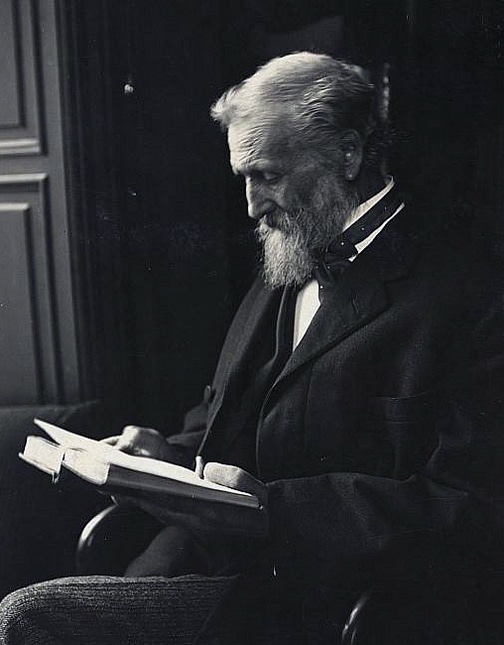
Surrounding himself with nature provided John Muir his greatest joy. At the same time, he understood that nature was no substitute for people. Muir cultivated lifelong friendships with those who impacted him and, in turn, he impacted them.
These people understood his commitment to nature and were deeply touched by it. His cause became theirs and they became his strongest advocates.
One such person was Jeanne Carr. Married to Dr. Erza Carr who taught Muir Geology at the University of Wisconsin, she maintained a correspondence with him throughout her life. Jeanne Carr recognized Muir’s exceptional talent. She made it her life’s project to turn him into a cultural force who could then lead others to value nature just as he did.
Emerson & Harriman | John Muir Facts
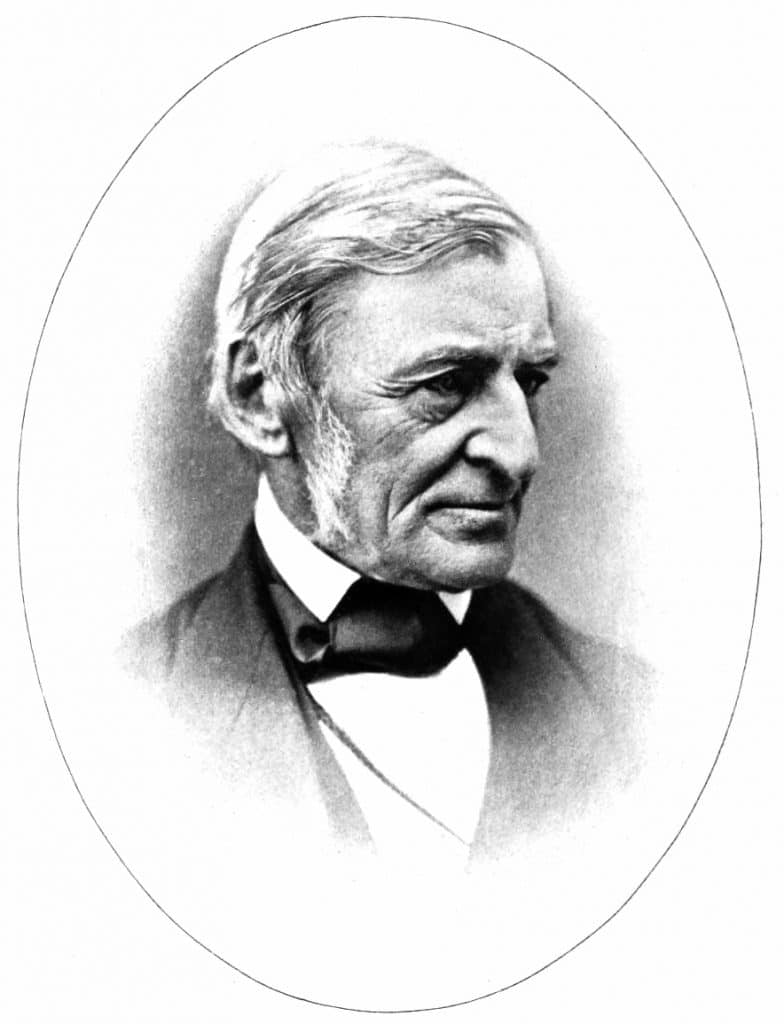
Muri’s investment in others was returned to him tenfold. Throughout his life, influential people, such as Ralph Waldo Emerson and E. H. Harriman reached out to him to offer words of encouragement or financial support.
Emerson was the American essayist, lecturer, philosopher, and leader of the Transcendentalist Movement. He was also friends with Jeanne Carr. She sang the praises of this John Muir.
Emerson had a reputation as one of the great sages of the time while Muir still a work in progress. Yet the older man saw the younger one as an equal. He treated him as such for the short time they spent together in the Yosemite.
Enter E.H. Harriman
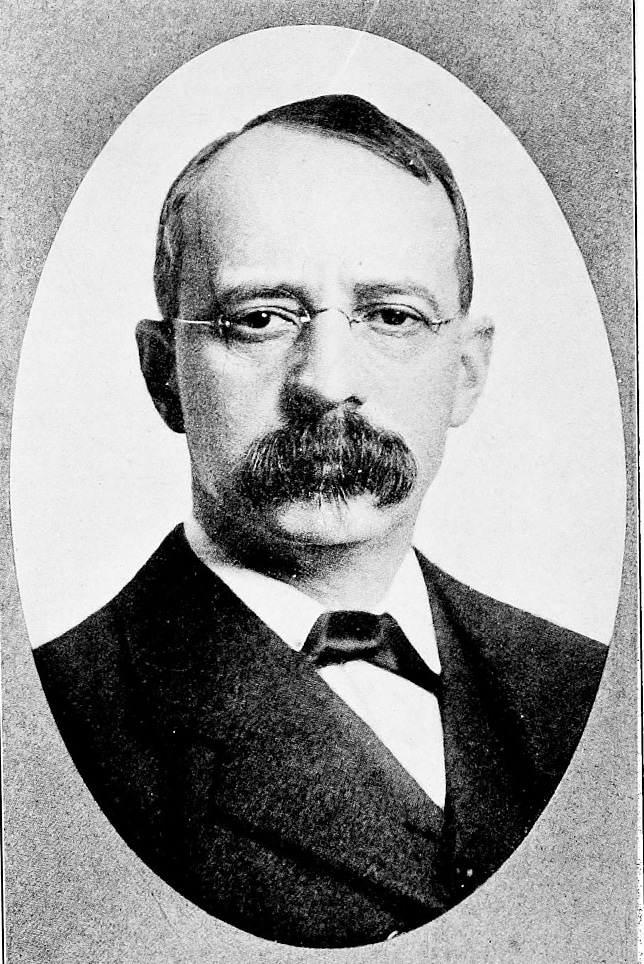
(Courtesy of Wikimedia)
In the case of Harriman, he was one of the wealthiest and most powerful men of his age. Muir, on a scientific expedition sponsored entirely by Harriman, questioned the his benefactor’s commitment to his society.
Rather than rebuke him, Harriman saw in Muir someone who could help him give back to his nation. He became a friend and an ally he used his powerful influence in Washington to help Muir persuade Congress to set aside forestry reserves.
We may not climb the mountains which Muir scaled, but whatever we do can be done better if we recruit others to our cause. No one can accomplish great things without help. Or, as Sir Isaac Newton once said, “If I have seen farther, it is because I stand on the shoulders of giants.”
Fact #7: You Can Achieve Great Things Despite The Lack Of A Formal Education
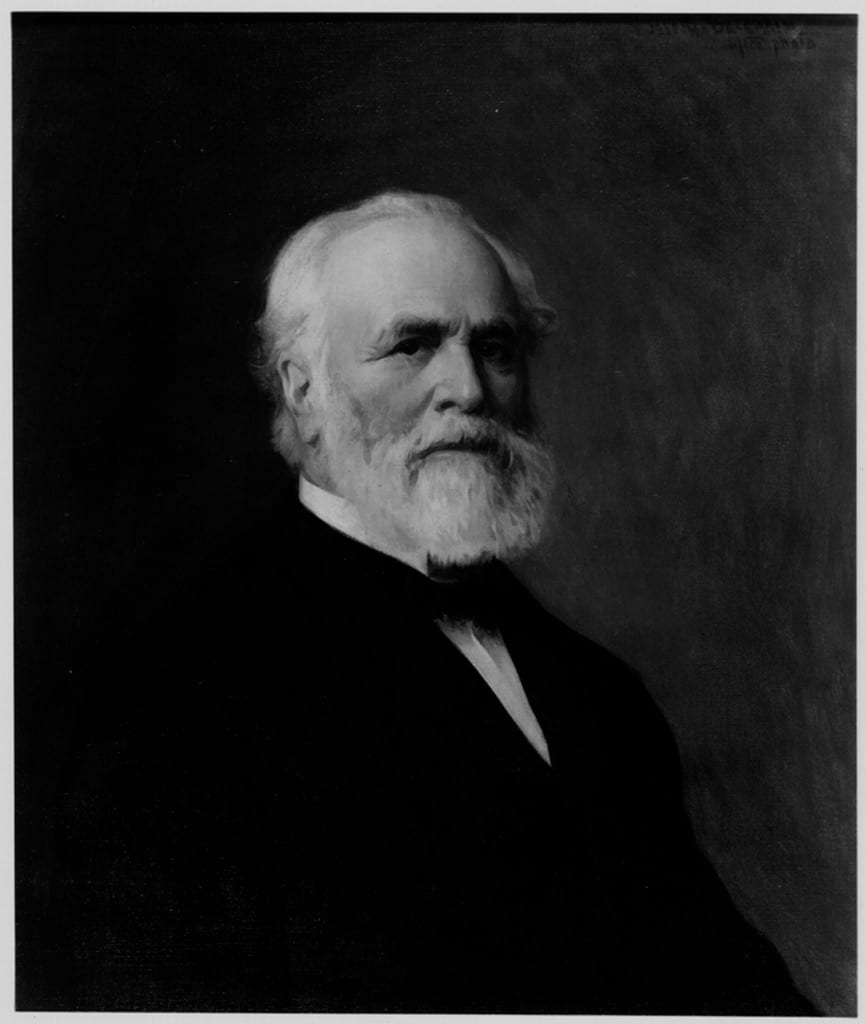
John Muir never completed his undergraduate studies despite the pleadings of distinguished academic who encourage him to pursue graduate studies. Muir’s college was what he referred to as the “University of the Wilderness.” It was in this school that he became an expert in geology and challenged the leading theories of his time.
Josiah Dwight Whitney was an American geologist, professor of geology at Harvard University. In 1860, he became head of the California Geological Survey. Whitney had theorized that Yosemite’s creation was the result of abrupt, chaotic, destructive and violent forces which aligned with the teachings of the scripture.
An Alternative Hypothesis
With Dr. Carr’s course in geology and the extensive reading and field observations which John Muir did, he offered an alternative hypothesis. Muir laid out his findings in an article titled “Studies in the Sierra,” which turned the world of geology on its head.
George Bernard Shaw once said, “All great truths begin as blasphemies.” There’s always someone who will claim to no more, but that should discourage us from digging deeper to find our own answers. Sometimes we will be proven wrong, but we should never give up simply because someone else believes that he [or she] knows more than us.
A Master Builder
Whitney would attack Muir’s lack of education depicting him as a simple backwoodsman. Subsequent scientific studies, however, validated Muir’s theory of glaciation.
While incomplete, it was much closer to the truth than the theories which had been advanced by the leading scientific minds of his day.
“Muir pictured a ‘Master Builder’ choosing a sculpting tool–not earthquakes or lightning or rain in this case but ‘the tender snow-flowers, noiselessly falling through the unnumbered seasons, the offspring of the sun and the sea. In the beginning there was the rock, hard, simple and seemingly undifferentiated, and there was the ice, likewise hard, plain, unadorned, but ironically made of softest flakes that could melt at a touch. Together, they fashioned a ‘sublime landscape,’ an incomparable work on a global scale. Antarctica and Greenland were still works in progress, whereas California, undergoing a warming climate, had been all be completed.”
-Donald Worster, A Passion for Nature: The Life of John Muir
Fact #8: What You Do When No One Is Looking Is Just As Important As What You Do When Everyone Is Looking
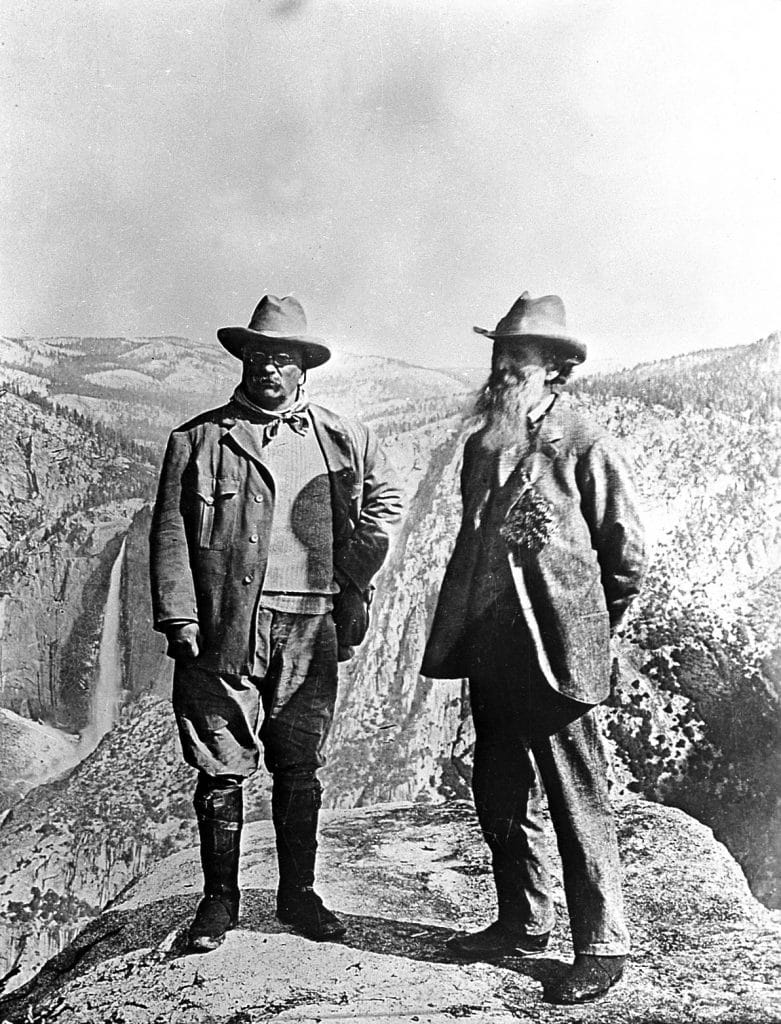
As his fame grew, John Muir found himself in the company of powerful people. His demeanor, however, remained unchanged. Muir believed in the essential worth of all human beings.
He was just as excited talking to a small child he met on his travels about the wonders of nature as he was sharing those wonders with President Theodore Roosevelt on a camping trip.
Muir’s impact on total strangers could be life changing. One example of this is Enos Miller. As Daniel Worster writes, “One day he observed a slender youth named Enos Miller bending over a fragrant ground-creeping plant, he fell into conversation with him.
From that talk and later ones at the ranch and on the slopes of Mount Tamalpais, Enos Miller, one of the greatest of Muir’s disciples, received his urge to write and work for the preservation of wild nature in the national parks.”
Everyone Was Equally Important To Him | John Muir Facts
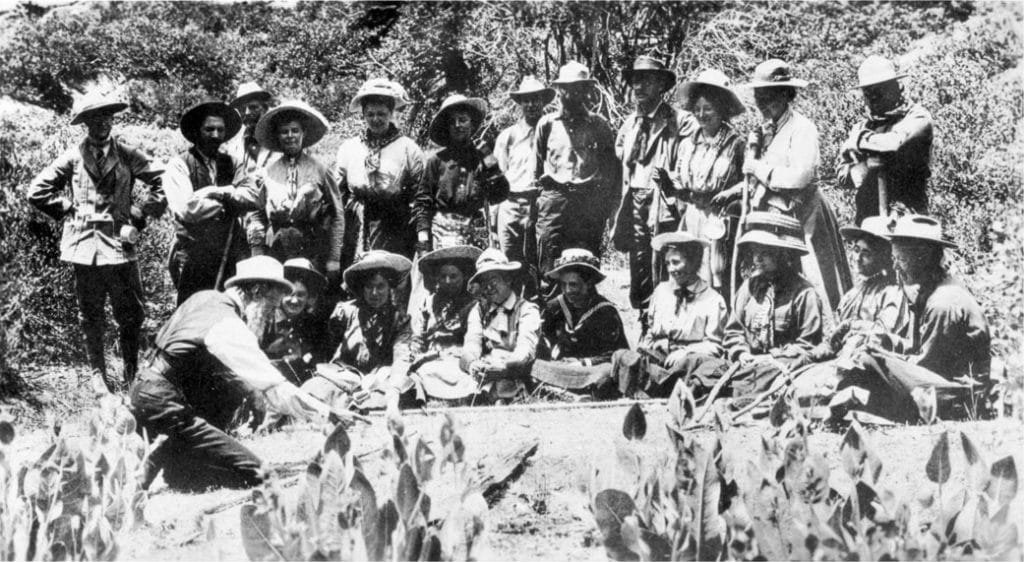
Because everyone, irrespective of their station in life, was equally important to John Muir, he was able to touch many lives. As a consequence, he helped to create a new generation of conservationists who made his passion their own.
Imagine what we could accomplish if we treated everyone we meet in life as if that person were the most important one we would ever meet.
Fact #9: Focus On The Family
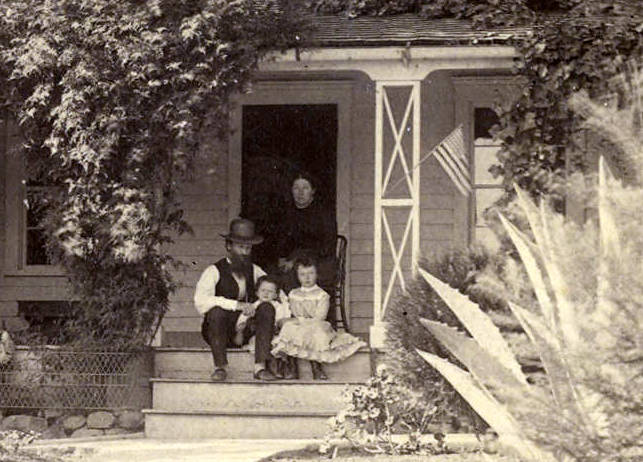
John Muir did not forsake a family life to pursue his passion for wilderness exploration. He merely postponed it. Through his growing circle of friends, he met three whom he would refer to as “the Strentzel Trinity.”
Dr. John Theophile Strentzel was a large land-owner and fruit raiser in Contra Costa County, California. Muir became friends with his wife and daughter, Louie Wanda Strentzel. Out of their friendship grew a deep and abiding love. John and Louie were married on April 14, 1880.
Enter Louie Strentzel
In marrying Louie Strentzel, John Muir acquired a country estate. He would spend more than thirty years in the Alhambra Valley becoming involved in managing the family business and raising a family of his own.
Muir turned his creative energies toward finding new ways to harvest the family fruit crops and determining which crops were most profitable to harvest. During this period in his life, Muir became a farmer. His focus turned away from conservation/environmentalism and towards family pursuits.
“He was a passionate reformer, but the focus of his reform was more personal, inward looking, and spiritual than outward or social. Farming, like everything else for him, must be first and foremost an individual way of life. One pursued it according to one’s talents constrained by one’s conscience.”
-Donald Worster, A Passion for Nature: The Life of John Muir
Balancing family versus career is a challenge for most people. In this regard, John Muir was no different. He deferred having a family while pursuing his passion for the natural world.
As he grew older, however, his desire to root himself took hold. It was at this point that his focus on family became a major part of who he was and who he would remain for the rest of his life.
Fact #10: John Muir And The Last Crusade
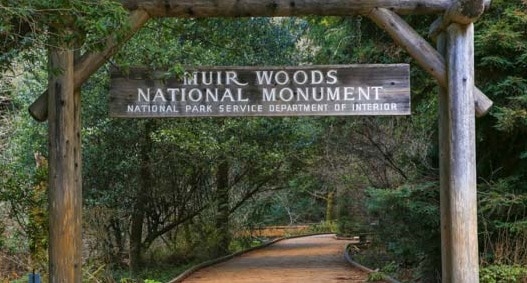
What Kind Of A World Did He Wish To Leave Behind | John Muir Facts
John Muir entered the twentieth century as a man who was entering the twilight of his life. Muir had pursued nature and written about its majesty. He had been impacted by others and had, in turn, impacted those who came into his life. He had settled down and raised a family while acquiring a growing celebrity.
It was now time for John Muir to consider the question of his legacy. What kind of a world did he wish to leave behind?
“Any fool can destroy trees. They cannot run away; and if they could, they would still be destroyed,–chased and hunted down as long as fun or a dollar could be got out of their bark hides, branching horns, or magnificent bole backbones . . . Through all the wonderful, eventful centuries since Christ’s time–and long before that–God has cared for these trees . . . but he cannot save them from fools,–only Uncle Sam can do that.”
-excerpt from John Muir, Linnie Marsh Wolfe, Son of the Wilderness: The Life of John Muir
Robert Underwood Johnson | John Muir Facts
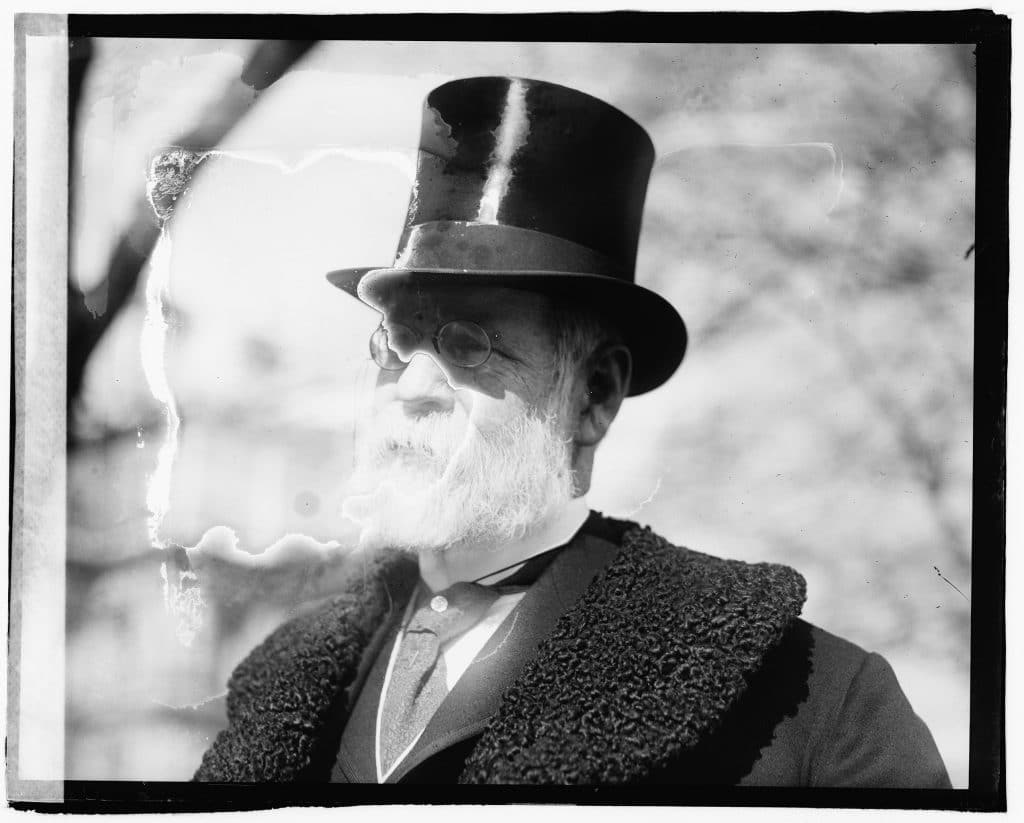
For John Muir, the final crusade was one where he used his pen and his voice and his friends and what strength he had left to persuade the leaders of America to protect these precious lands which Muir had spent a lifetime exploring.
Muir had formed a friendship and a strategic alliance with Robert Underwood Johnson. Johnson, who had advocated for the forest reservation system and a scientific national policy of conservation, was the driving force behind two of America’s most influential publications, The Century and Scribner’s Monthly.
Johnson encouraged Muir to write a series of influential articles encouraging the government to begin setting aside public lands for a series of national parks. This Muir would do.
Beginning under President Harrison’s Secretary of the Interior, John W. Noble, and extending through President Taft’s Secretary of the Interior, Richard Ballinger, Muir’s articles built support for a string of federal actions preserving and protecting America’s public lands.
Hetch Hetchy | John Muir Facts
John Muir’s favorite place was Yosemite. Within this “temple of nature,” he discovered a valley, Hetch Hetchy, which rivaled the Yosemite Valley in terms of its magnificence. For the city of San Francisco, however, the Hetch Hethy Valley, on the main Tuolumne River, was the ideal site for a dam and reservoir which would meet the water needs of the city.
Muir mobilized the Sierra Club and led a political fight spanning three presidential administrations to protect the valley. This fight, however, exposed a rift within the conservation movement as those favoring “utilitarian conservationism” (i.e., the greatest good for the greatest number) were pitted against those “preservation conservation” (i.e., focusing on a sustainable way to permanently preserve and conserve natural land).
RELATED: Hetch Hetchy-The Epic Environmental Battle That Changed America
Muir Versus Pinchot
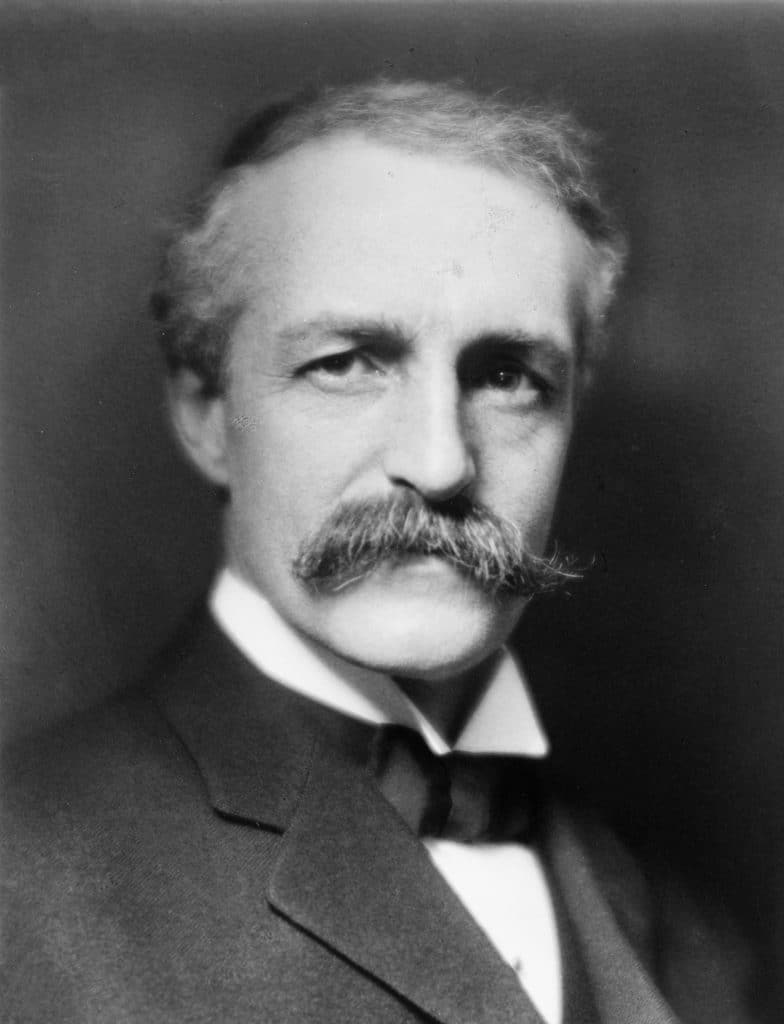
Muir found himself opposing Gifford Pinchot, the first director of the U.S. Forest Service under Presidents Roosevelt and Taft. Pinchot was assisted by James Phelan, mayor of San Francisco from 1896-1902 and J.B. Lippincott of the U.S. Geological Survey.
These men used their power and influence to persuade the federal government to permit San Francisco to build its dam.
It would prove to be a seesaw battle. The Interior Department moved back and forth on the issue depending on who was its chief at the time. The issue, however, would finally be settled by Congress.
Despite opposition from many citizens, including most of the nation’s leading newspapers, Congress passed the Raker Act in 1913, which President Woodrow Wilson signed, allowing the city of San Francisco to build its dam and flood the valley.
RELATED: Gifford Pinchot-A Lesson From America’s First Forester
Muir Is Less | John Muir Facts
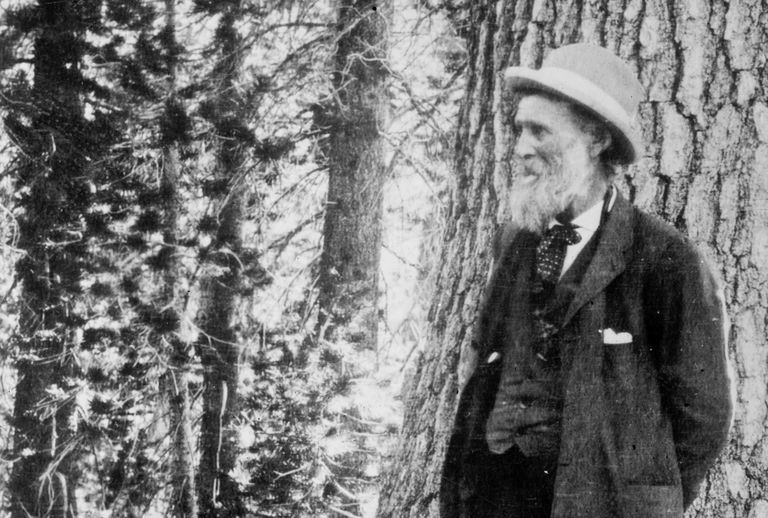
John Muir lost his last battle before passing away in 1914. Hetch Hetchy proved to be the first major battle between those who wanted the federal government to develop our nation’s versus those who wanted to preserve them in their natural state.
At stake was the question of whose interests would ultimately be served. Would it be those who wished to use these resources or those who wished to enjoy them?
He Fell In Love With Nature
John Muir did not set out to become the greatest conservationist of his age. He set out to explore nature and, in the process, fell in love with it. Muir’s battle to preserve and protect our natural wonders was no different than the battle a parent would fight to protect their child.
For John Muir, nature was sacrosanct. It was the greatest legacy which America could bequeath to its children and their descendants. Muir saw the terrible toil which logging, mining and other commercial development was doing to our most beautiful lands.
He witnessed it and he acted to stop it. In doing so, he inspired others he took up the fight long after he was gone.
Less Is More
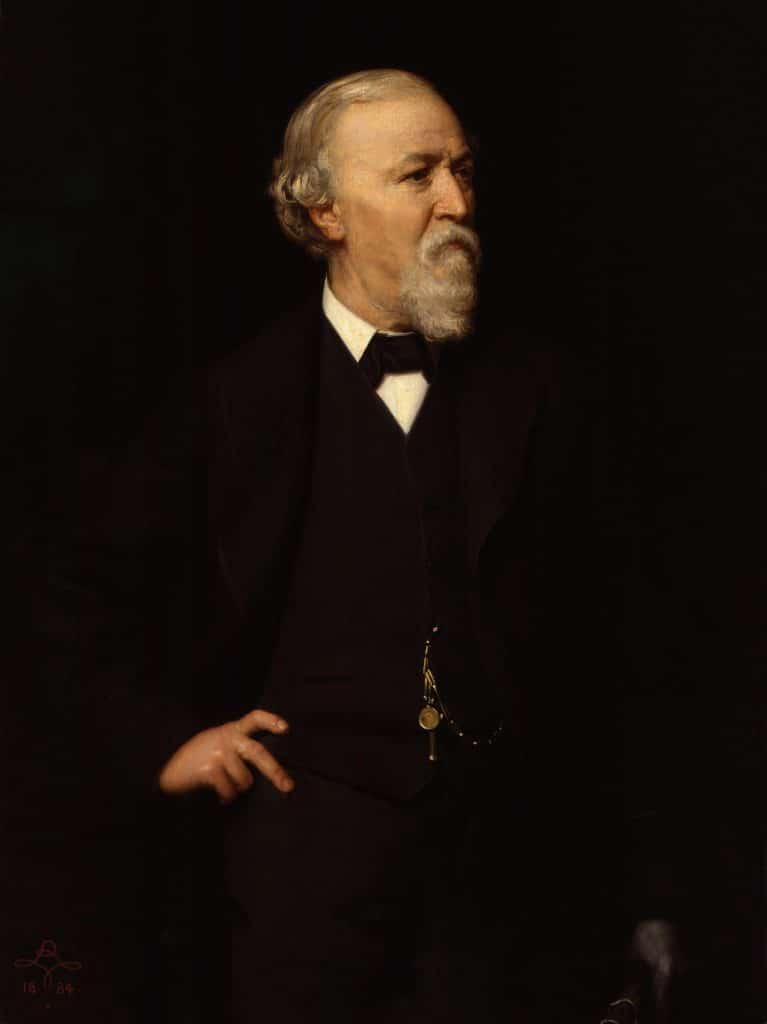
Andrea del Sarto was a poem written by Robert Browning in 1855. It is a dramatic monologue narrated by Renaissance painter Andrea del Sarto to his wife Lucrezia.
In Browning’s poem, Andrea begs his wife to end a quarrel over whether he should sell his paintings. He agrees to her wish and promises he will give her the money if she will only hold his hand and sit with him by the window from which they can survey Florence.
The poem introduced the phrase “less is more.” Over the years, it has come to mean a minimalist approach to human existence where simplicity replaces conspicuous consumption.
Such a phrase is an apt description of how John Muir lived his life. For him, the greatest treasures were provided by the natural world. If only we could learn to enjoy them rather than pursue materialism we could bring ourselves into balance with the world around us.
The Greatest Of All Time
John Muir never set out to become a GOAT (Greatest of all Time). What he set out to do was to follow his passion. Along the way, he discovered that his passion was a cause worth fighting for.
What causes are we willing to fight for? How can John Muir’s life lessons, as outlined through the ten facts presented above, help us, not to become the greatest of all time, but to become better persons and, in the process, leave our world a better place?
To Learn More:
- Clayton, John. Natural Rivals: John Muir, Gifford Pinchot, and the Creation of America’s Public Lands, Pegasus Books, 2019.
- Miller, Char. Gifford Pinchot and the Making of Modern Environmentalism, Island Press, 2001.
- Righter, Robert W. The Battle Over Hetch Hetchy: America’s Most Controversial Dam and the Birth of Modern Environmentalism, Oxford University Press, 2005.
- Wolfe, Linnie Marsh. Son of the Wilderness: The Life of John Muir, The University of Wisconsin Press, 1945.
- Worster, Donald. A Passion of Nature: The Life of John Muir, Oxford University Press, 2008.
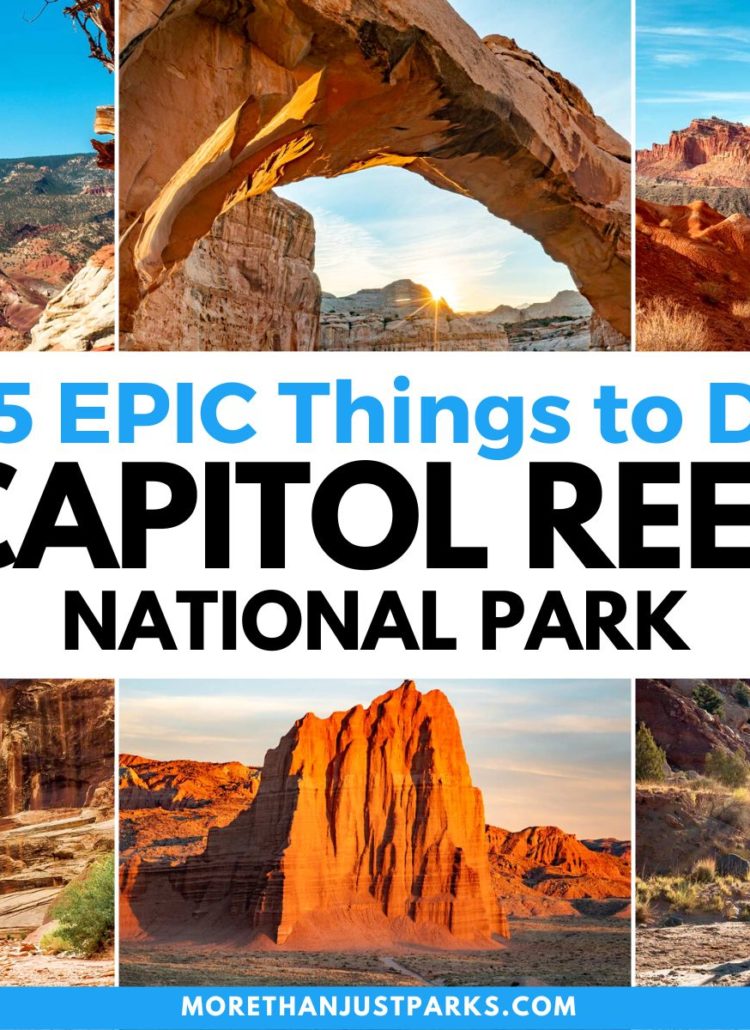
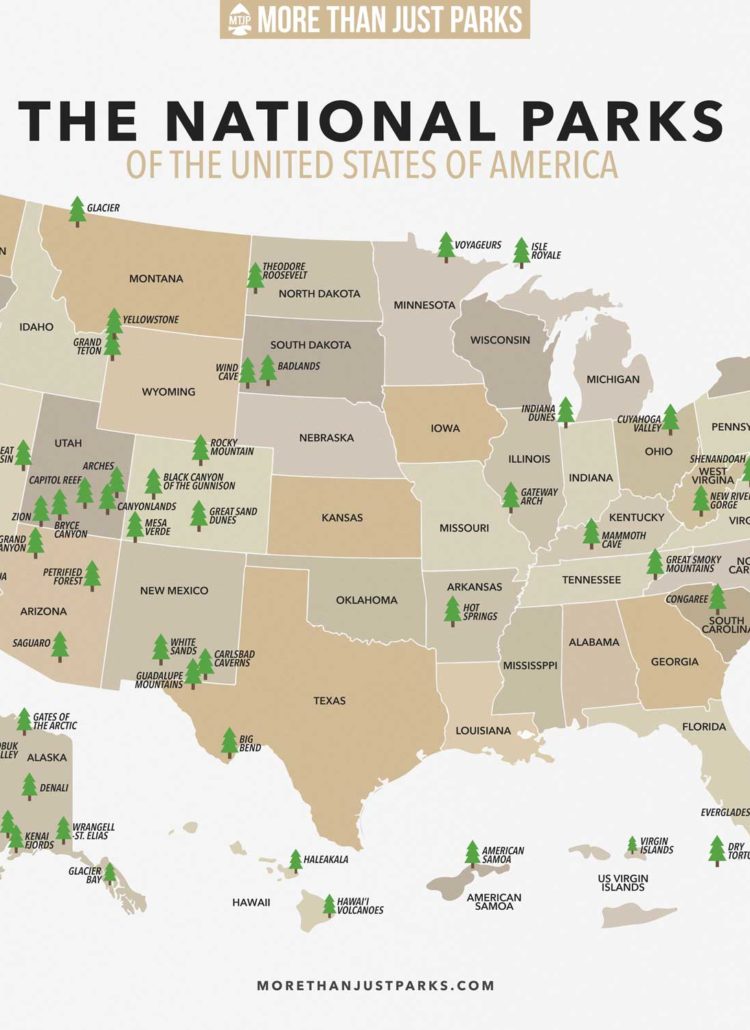
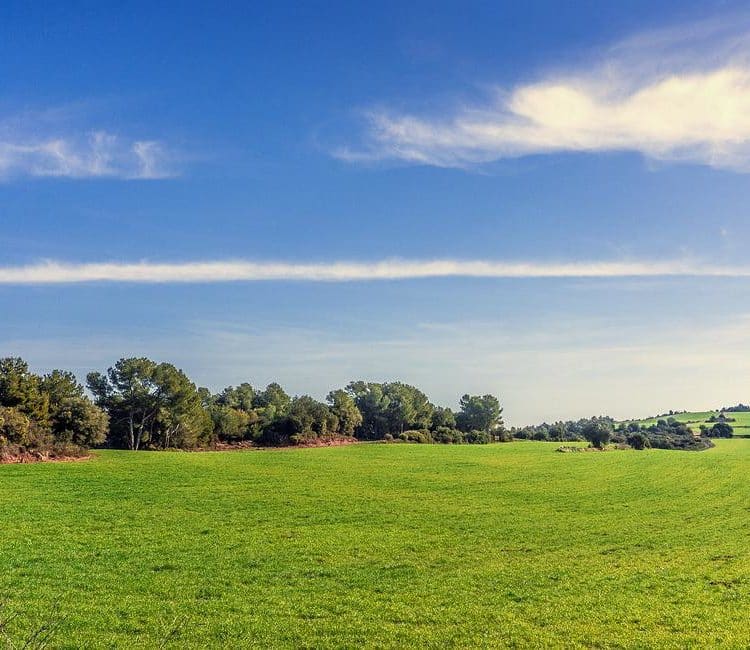


Leave a Reply